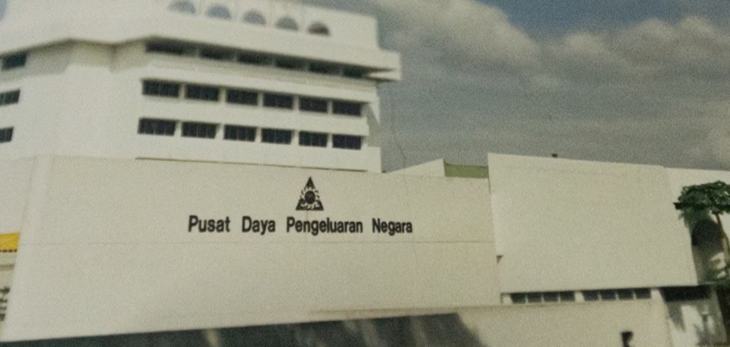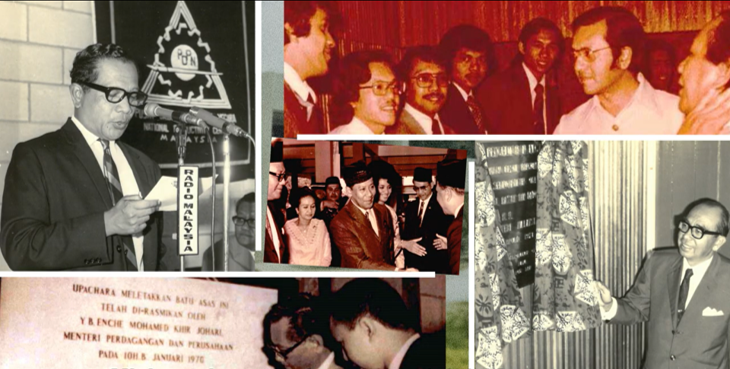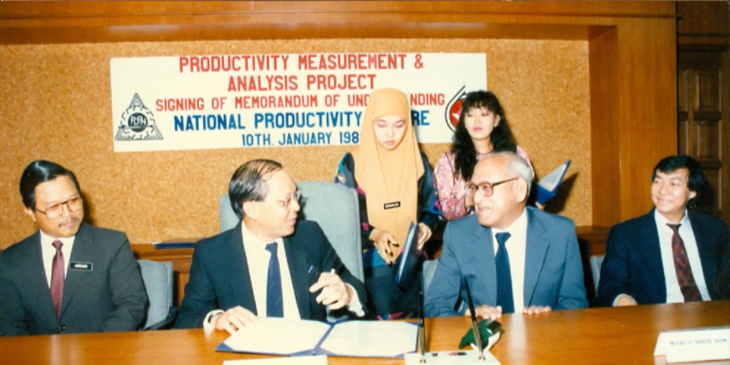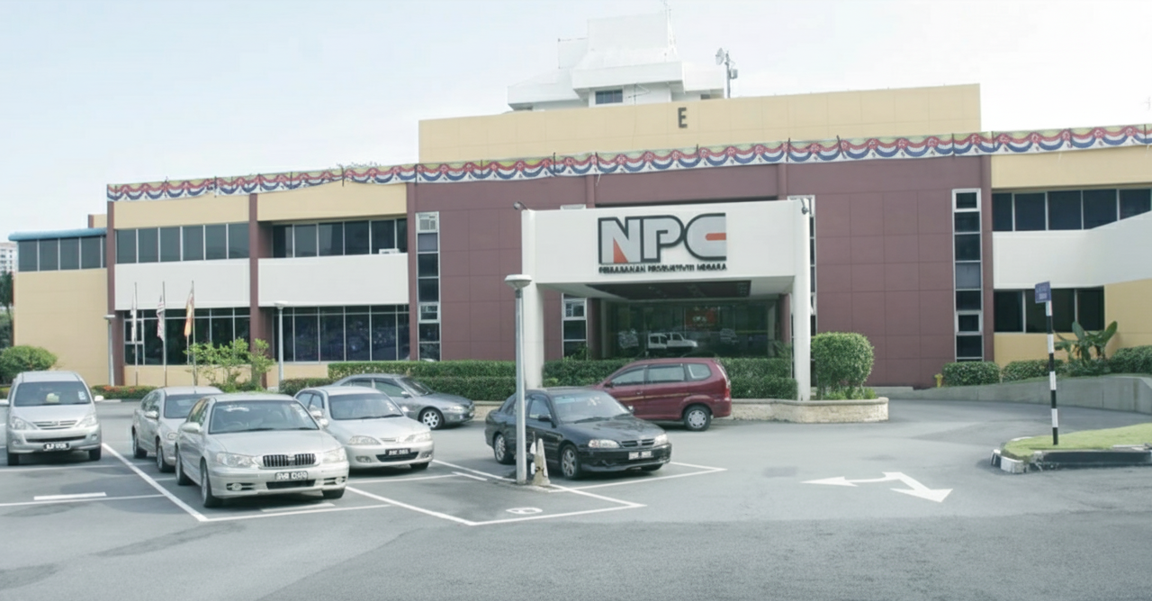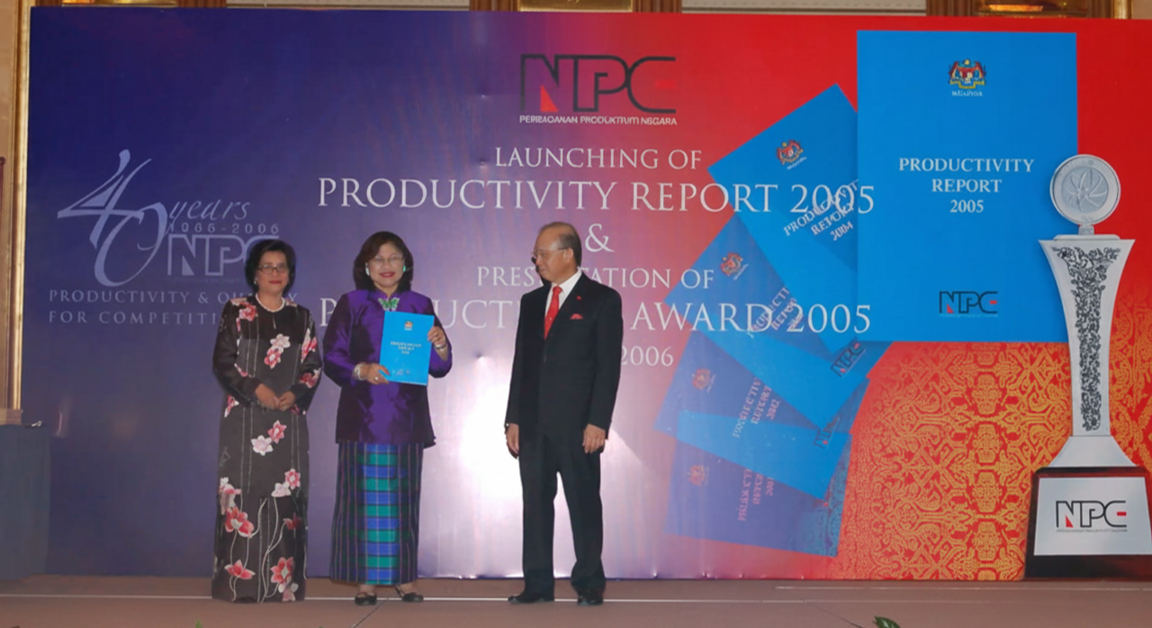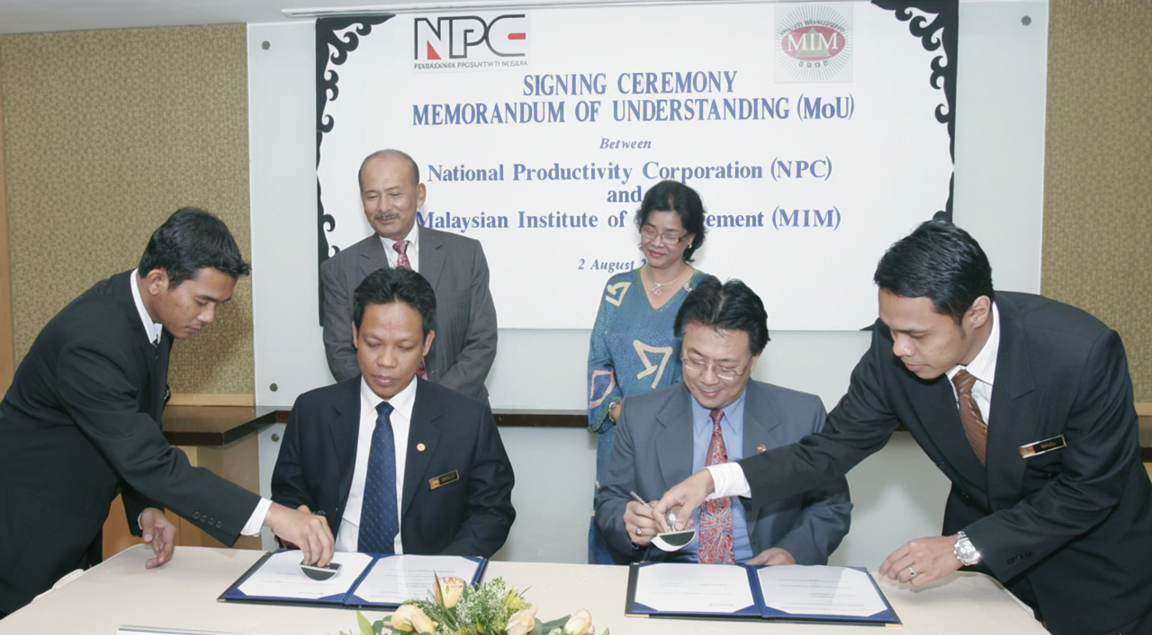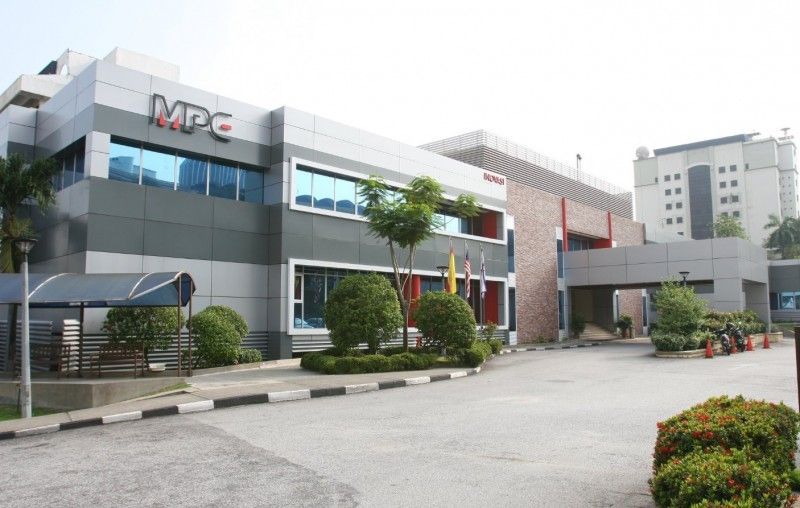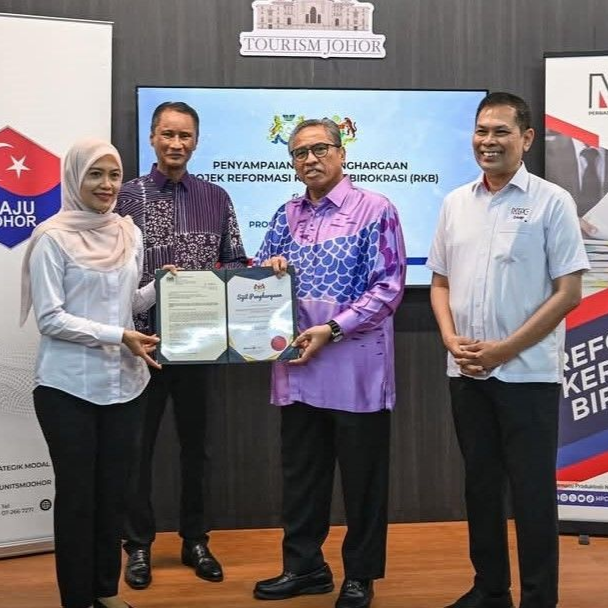1966 – Birth of the Productivity Movement
The Malaysia Productivity Corporation (MPC) began its journey in 1966 as the National Productivity Centre (NPC) under the Ministry of Trade and Industry. Its mission was clear yet ambitious: to spearhead a national productivity movement that would support Malaysia’s transition from an agriculture-based economy into a competitive, industrialising nation.

